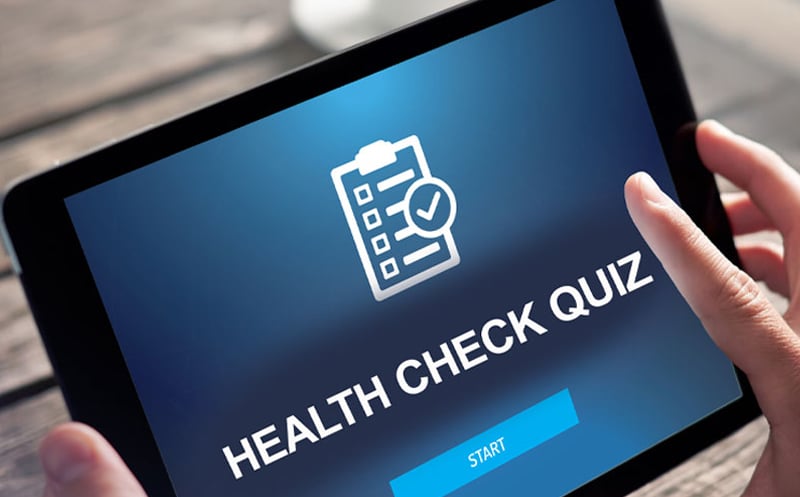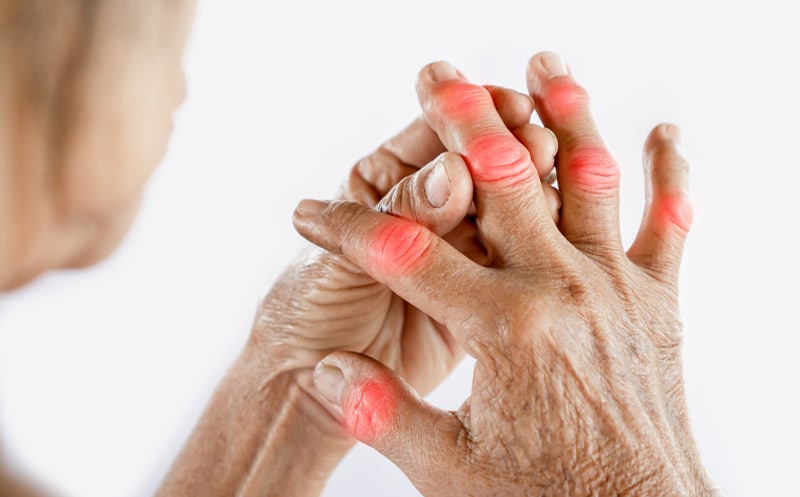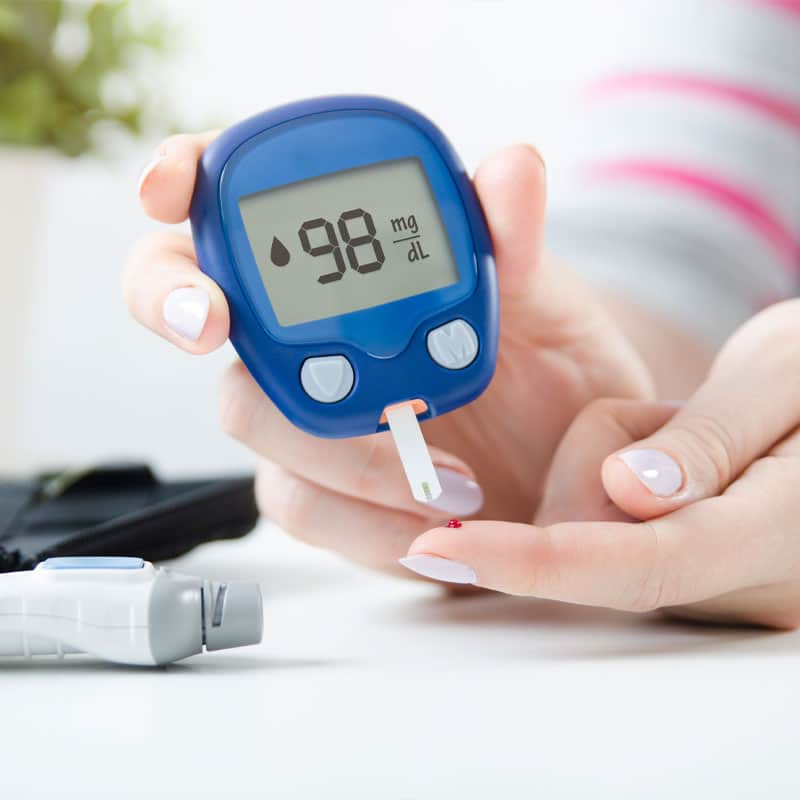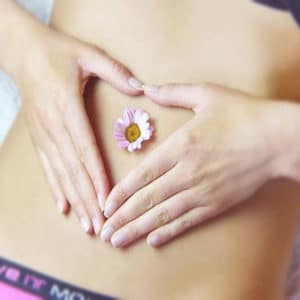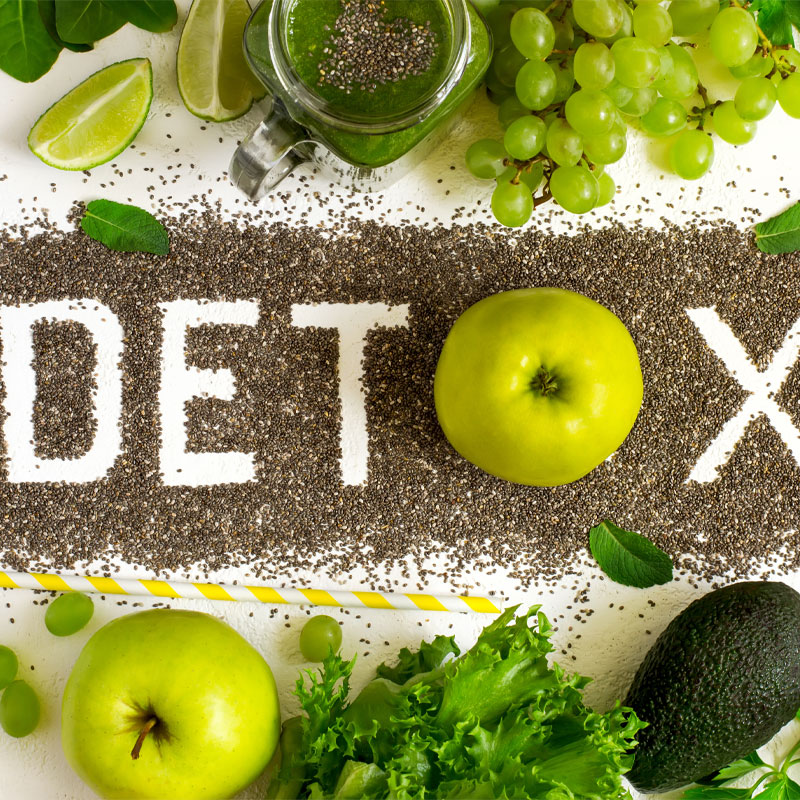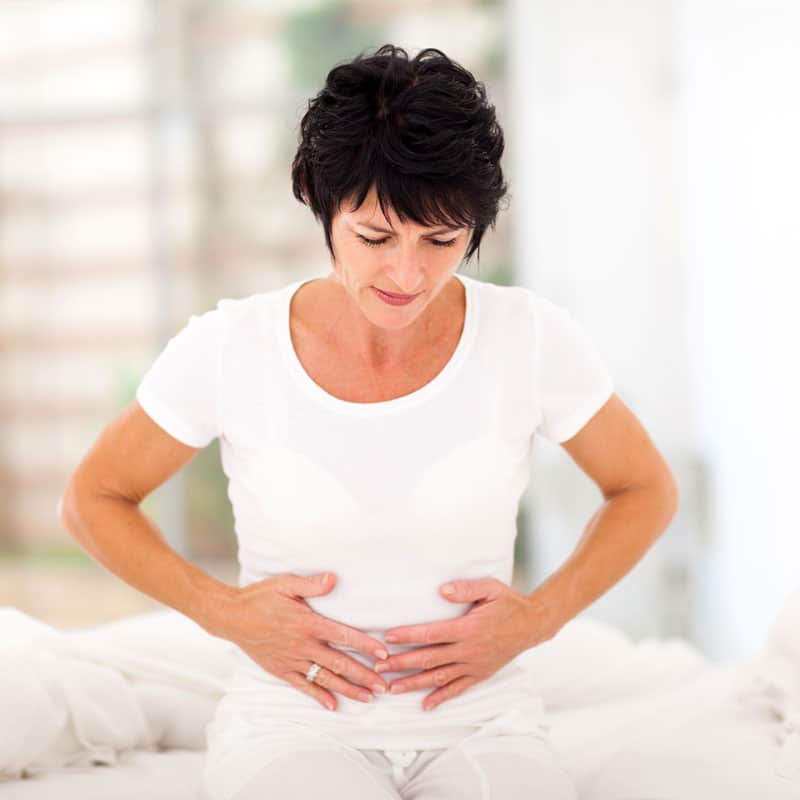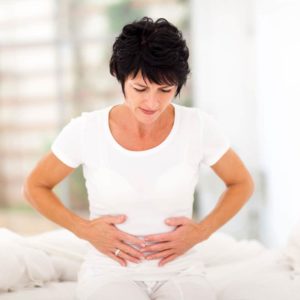Index
Vaginal yeast infections are due to a fungus called Candida, which is a type of yeast. Candida normally resides on the skin and in the mouth, digestive tract, and vagina. Typically, this fungus causes no problems, but it can cause a yeast infection when it overgrows. Approximately 75 percent of women will have at least one vaginal yeast infection diagnosis in their lifetime. Therefore, every woman must be aware of the symptoms of vaginal yeast infections.
To help you better understand how a yeast infection affects the body, you must first understand a healthy vagina. A healthy vagina has a balanced number of bacteria and fungi. When this is imbalanced, yeast can begin to multiply, resulting in a vaginal yeast infection. Vaginal yeast infections are not considered a sexually transmitted infection; however, they can spread through sexual contact.

Vaginal Yeast Infection Risk Factors
Certain medical conditions, lifestyle choices, and dietary preferences can increase one’s risk of developing a vaginal yeast infection.
- Antibiotics—Antibiotics are excellent for treating bacterial infections; however, they can also destroy the beneficial bacteria in the vagina. When this occurs, yeast typically found in the vagina can proliferate and cause a yeast infection.
- Diabetes—When you have diabetes, your urine can contain too much sugar, and this sugar can impact the vagina. Sugar feeds yeast, causing yeast overgrowth.
- Hormonal Imbalances—Hormonal imbalances due to fluctuations can alter the bacteria in the vaginal tract, increasing the risk of developing a yeast infection.
- Lack of Sleep—You should seek between seven and nine hours of sleep each night. During sleep, your body produces the hormones it needs for optimal health. Your immune system also increases during sleep, and inflammation decreases.
- Poor Eating Habits—Eating a lot of refined carbohydrates and sugars can increase your risk of developing a yeast infection.
- Pregnancy—When you are pregnant, your hormones can change suddenly. This change can disrupt the delicate balance of microorganisms in the vagina, resulting in an increased risk of yeast infections.
- Stress—Stress causes a cascade of issues. It increases inflammation throughout the body, reduces immunity, and changes the pH levels in the body. All of these can increase your risk of developing a yeast infection.
- Weak Immunity—If you have a weakened immune system, the risk of yeast infection increases.

Symptoms of Vaginal Yeast Infections
Vaginal yeast infections can cause several unpleasant symptoms. As the yeast begins to grow in the vaginal tract, the symptoms will start to multiply. Let’s look at these symptoms and how you can relieve them.
- Vaginal Discharge—Vaginal yeast infections cause a vaginal discharge that looks similar to cottage cheese. The discharge is whitish-gray and clumpy and typically has no smell; however, it can occasionally have a yeast scent.
- Vaginal Itching—The itching associated with a vaginal yeast infection can be severe. Itching affects both the vulva and inside the vagina. There are several things you can do to help relieve your itching. A warm bath containing approximately a quarter cup of baking soda mixed into the water can help soothe irritated skin and reduce your itching. Studies have shown that the antifungal properties of baking soda can kill Candida cells.
- Vaginal Swelling—When the vaginal tissues become irritated from yeast, they can swell. When the vulva becomes swollen, small cracks or cuts can occur, resulting in increased pain and swelling. As the vaginal tissues become swollen, the vulva can become red.
- Pain during Sex—It is recommended that you abstain from sex if dealing with a yeast infection. Sex can further irritate vaginal tissues and push the infection more profoundly within the vagina. Furthermore, the yeast infection can spread to your sexual partner.
- Burning during Urination—A yeast infection can cause you to experience pain and/or a burning sensation during urination. Urine is slightly acidic. When urine comes in contact with the irritated vaginal tissues, burning can occur. Furthermore, you may experience an increase in the urgency to urinate.
- Vaginal Rash—Yeast infections often cause redness and a rash. If the yeast infection is severe, it can result in blisters, causing a raw, painful spot. If sores develop on your genitals, seek immediate assistance from your doctor, as this could be a sign of a sexually transmitted disease.
Causes of Yeast Infections
You may be experiencing a complicated yeast infection if:
- You are pregnant
- You have more than three yeast infections in a year.
- Your diabetes is uncontrolled
- Your immune system is weak due to a medical condition or medications
- Your symptoms become severe, such as intense itching, swelling, or redness that leads to cracks, sores, or tears.

Treatment for Vaginal Yeast Infections
Your doctor will discuss your current symptoms and inquire about your medical history, including any history of yeast infections or sexually transmitted diseases. Vaginal yeast infections can be highly uncomfortable. Several treatment options are available, including over-the-counter and prescription medications. In addition, numerous holistic and home remedies can relieve your symptoms and help you overcome a yeast infection.
If you are experiencing the symptoms of chronic vaginal yeast infections and need relief, our integrative providers are here to help. They will help diagnose your condition and provide guidance on the best way to overcome your yeast infections.




